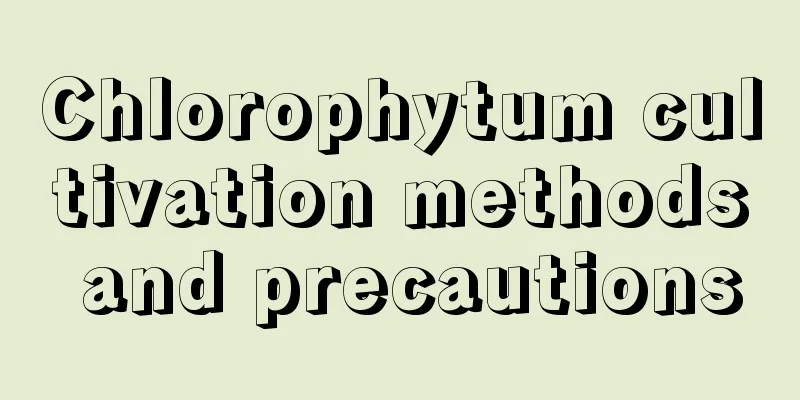Causes and remedies for black spots on orchid leaves

|
The problem of black spots and black dots on orchid leaves is a common challenge for orchid hobbyists. These spots are often difficult to eradicate, and even if they are temporarily cured, they may reappear soon after, and sometimes it seems impossible to completely cure them. The reasons behind this phenomenon are quite complex and cannot be simply attributed to a single disease or factor. Many times, orchid lovers use medications for treatment without fully understanding the situation, and the results are often unsatisfactory. Below we will introduce several common factors to introduce to you the causes and remedies of black spots on orchid leaves. 1. Physiological aging Orchid leaf renewal is a natural process. Over time, the old leaves will naturally turn yellow and gradually fall off. This phenomenon is particularly noticeable in spring, as this is the time when orchids begin to sprout new buds. In this case, it is necessary to cut off the old leaves in time, but there is no need to worry too much. 2. Anthrax Anthracnose is a common orchid disease caused by a fungus in the soil. The lesions usually start at the tips of the leaves and are charcoal in color with distinct dividing lines. To treat anthracnose, it is necessary to use a highly systemic fungicide , such as methyl thiophanate, and promptly remove the diseased leaves to avoid the spread of the disease. 3. Pests Insect infestations, especially microscopic pests like spider mites, can leave irregular, translucent spots on leaves that may eventually turn into black spots. For insect problems, spraying with a miticide such as avermectin is often effective. 4. Environmental and planting material issues Orchids need good ventilation and fresh air to stay healthy. If the environment is poorly ventilated or the planting material is too compact, the orchid's roots may not be able to breathe properly, causing black spots to appear on the leaves. To solve this problem, it is necessary to improve ventilation conditions and optimize the preparation of planting materials to ensure that they are loose and breathable. In general, when facing the problem of black spots on orchid leaves, we should not only solve the surface phenomena, but also explore the root causes in depth. While cutting off the damaged leaves, comprehensive consideration and adjustments should be made from the above aspects in order to achieve better treatment effects. The above suggestions may have limitations and are for reference only for orchid lovers. If you encounter other problems, welcome to communicate and discuss.
|
<<: How to care for the newly bought windmill jasmine
>>: How to take care of the newly bought pineapple tree
Recommend
How many years does it take for a cherry tree to bear fruit?
Cherry, also known as European sweet cherry , is ...
When is the best time to plant sugarcane?
Sugarcane, a tropical and subtropical crop, is th...
Methods and forms of shallow pot flower arrangement
How to arrange flowers in shallow pots The height...
When and how to plant cucumbers?
1. Planting time The best time to plant cucumbers...
What fertilizer is best for Selaginella
Fertilization time for Selaginella Because Selagi...
Is it good to grow bougainvillea at home? What is the cultivation temperature?
1. Is it good to keep it at home? Bougainvillea i...
Can expired flour be used as fertilizer? Steps to ferment expired flour into fertilizer
Although expired flour can be used as fertilizer,...
How to grow dragon blood tree on the balcony, what should be paid attention to
1. Lighting Dracaena can tolerate shade, but it c...
How to cultivate copper coin grass (hydroponic and soil cultivation methods)
1. Soil culture 1. Soil: It is not very demanding...
How to grow Japanese roses
1. Choose a pot The plant of Japanese rose is ver...
Cultivation methods and precautions of purple palm Xiangfei
Purple Palm Fragrant Concubine is a relatively ea...
When should outdoor chives be sown?
Many people tend to grow leeks by themselves. Whe...
How to prune the roots of Phoenix bamboo
Does Phoenix Bamboo need root pruning? Phoenix ba...
How to save broad bean seeds
Broad bean seeds introduction Broad beans have se...
What does the announcement of the 2021 Nobel Prize in Chemistry have to do with ordinary people?
On the afternoon of the 6th, Beijing time, the 20...









